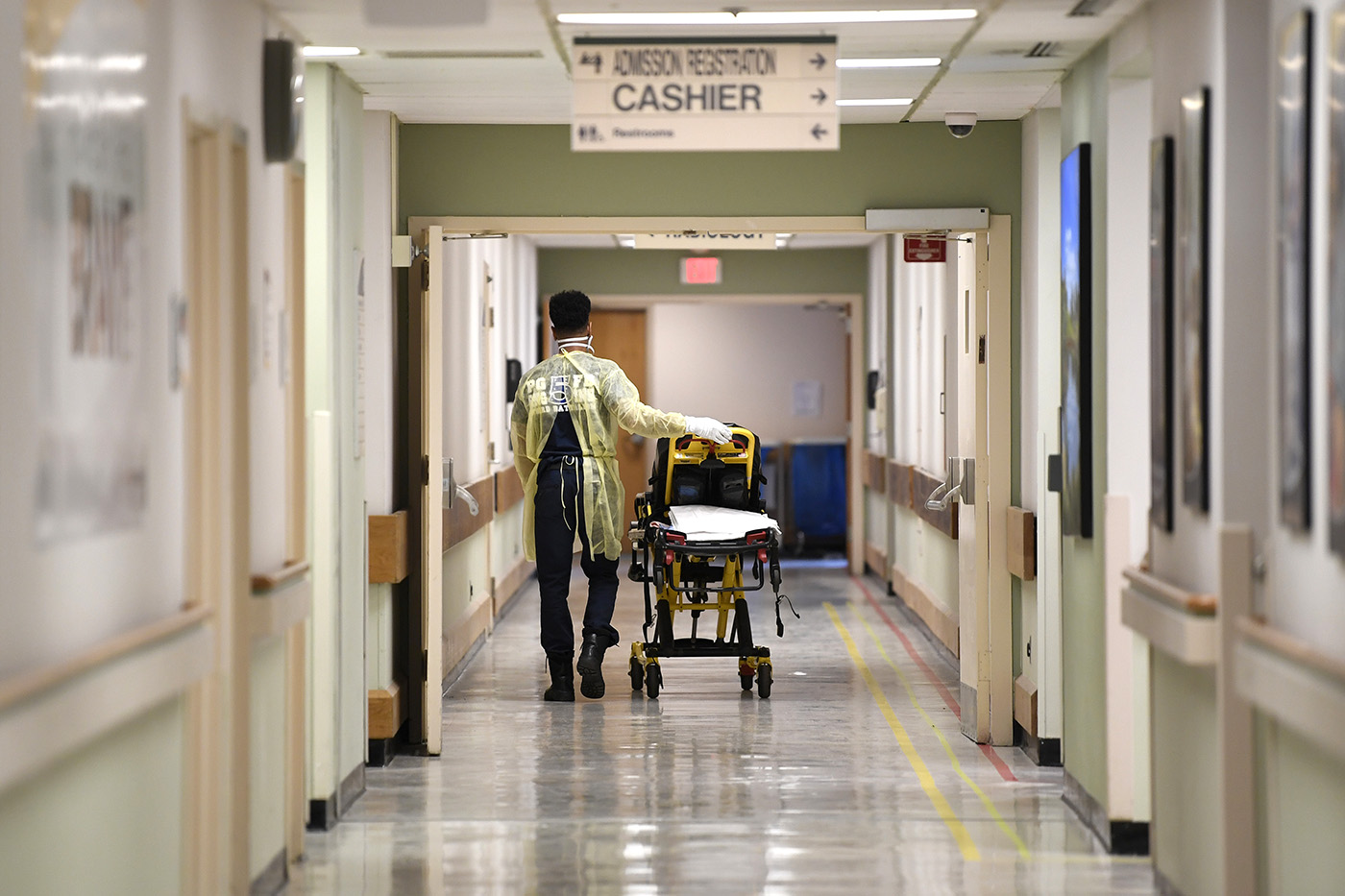As the current COVID-19 crisis has made abundantly clear, public health agencies need reliable, up-to-date information to effectively address evolving health problems at local, state, and federal levels. Many agencies in the U.S. are looking to disease surveillance systems that incorporate hospital records and internet-sourced data to predict where and when the worst outbreaks will be.
But, according to a recent study, these surveillance systems are leaving out the most vulnerable individuals. People living in impoverished neighborhoods, where there is less access to healthcare, are not being accounted for.
“We get most of our data from the healthcare system,” says Samuel Scarpino, an assistant professor in Northeastern’s Network Science Institute and lead author on the study. “And so we are largely unable to understand what’s going on in these most at-risk communities.”

